Home>diy>Building & Construction>What Is An Owner’s Representative In Construction


Building & Construction
What Is An Owner’s Representative In Construction
Modified: December 7, 2023
Learn what an owner's representative does in building construction. Find out how they manage projects, budgets, and schedules to ensure successful completion.
(Many of the links in this article redirect to a specific reviewed product. Your purchase of these products through affiliate links helps to generate commission for Storables.com, at no extra cost. Learn more)
Introduction
Welcome to the world of building construction, where the expertise and knowledge of an owner’s representative play a crucial role in managing and overseeing the entire construction process. Whether it’s a residential home, commercial building, or infrastructure project, an owner’s representative acts as the bridge between the owner and the various parties involved in the construction project.
An owner’s representative is a professional who represents the owner’s interests throughout the construction process. They provide expert guidance, ensure the project runs smoothly, and strive to achieve the owner’s vision and objectives within the given constraints. Let’s dive deeper into what an owner’s representative does and why their role is so vital in the construction industry.
Key Takeaways:
- An owner’s representative in construction acts as the owner’s advocate, overseeing project planning, contractor management, budget control, and risk mitigation to ensure the successful execution of the owner’s vision and objectives.
- The owner’s representative plays a pivotal role in coordinating contractors and design professionals, managing contracts and documentation, and ensuring quality and timely completion, serving as a trusted confidant for owners in the complex world of construction.
Read more: Who Offers Owner-Builder Construction Loans
Definition of an Owner’s Representative
An owner’s representative, also known as an owner’s agent or construction project manager, is an individual or a firm hired by the owner to act on their behalf during the construction process. They act as the owner’s advocate and oversee every aspect of the project, from the initial planning stages to the final completion and handover.
The owner’s representative is typically involved right from the conceptualization stage, working closely with the owner to understand their goals, budget, and timeline. They help translate the owner’s vision into a well-defined construction plan and ensure that all the necessary approvals and permits are obtained before work begins.
Throughout the construction process, the owner’s representative serves as the owner’s point of contact, handling all communication and coordination with contractors, design professionals, and other parties involved. They act as the liaison between the various stakeholders, facilitating collaboration and ensuring that the project proceeds according to the owner’s wishes and requirements.
Roles and Responsibilities
The roles and responsibilities of an owner’s representative are diverse and essential for the successful completion of a construction project. Here are some key functions they perform:
- Project Planning and Strategy: The owner’s representative works closely with the owner to develop a comprehensive project plan and strategy. This includes defining project goals, establishing timelines, setting budgets, and determining the scope of work.
- Contractor Selection and Management: The owner’s representative assists in selecting and hiring contractors and subcontractors for the project. They ensure that the chosen contractors are qualified, experienced, and capable of delivering quality work. Throughout the construction process, they oversee the contractors’ performance and address any issues that may arise.
- Design Coordination: The owner’s representative collaborates with architects, engineers, and other design professionals to ensure that the project’s design aligns with the owner’s goals and specifications. They review design plans, provide feedback, and ensure that all necessary permits and approvals are obtained.
- Project Oversight: The owner’s representative monitors the construction progress, ensuring that work is completed according to the agreed-upon plans and specifications. They conduct regular site visits, review progress reports, and address any delays or quality concerns.
- Cost Control: The owner’s representative plays a vital role in managing the project’s budget. They review and approve project expenses, track costs, and implement strategies to control expenses without compromising the quality and integrity of the construction.
- Risk Management: Identifying and managing potential risks is another important responsibility of an owner’s representative. They assess risks, develop contingency plans, and implement strategies to mitigate any unforeseen issues that may arise during the construction process.
- Change Management: As construction projects often involve changes and modifications, the owner’s representative facilitates change management. They review change orders, assess the impact on the project’s timeline and budget, and ensure that any changes align with the owner’s objectives.
- Communication and Documentation: The owner’s representative serves as the primary point of contact for all project-related communications. They maintain a clear and open line of communication between the owner and all stakeholders involved. Additionally, they document all project activities, including meeting minutes, progress reports, and change orders.
Overall, the roles and responsibilities of an owner’s representative encompass a wide range of tasks, aimed at ensuring that the project is executed smoothly, efficiently, and in line with the owner’s vision and requirements.
Managing the Construction Process
One of the primary responsibilities of an owner’s representative is to manage the entire construction process, from start to finish. This involves overseeing and coordinating various aspects to ensure the project’s successful execution. Here are key aspects involved in managing the construction process:
- Project Initiation: The owner’s representative plays a crucial role in the early stages of the project. They collaborate with the owner to define project goals, establish a budget and timeline, and develop a project plan. This includes conducting feasibility studies, seeking necessary permits and approvals, and creating a project team.
- Contractor Selection: The owner’s representative assists in selecting contractors and subcontractors for the construction project. This involves evaluating bids, reviewing contractor qualifications, and considering their experience and track record. They also negotiate and finalize contracts with the chosen contractors.
- Project Meetings: Regular project meetings are conducted by the owner’s representative to keep all stakeholders updated on the progress and address any issues. They collaborate with contractors, design professionals, and other relevant parties to ensure effective communication and coordination throughout the construction process.
- Cost and Budget Management: The owner’s representative monitors and controls the project’s budget, ensuring that expenses are within the approved limits. They review and approve payment applications from contractors, track costs, and manage change orders to prevent budget overruns.
- Quality Control: Ensuring the delivery of high-quality work is a vital aspect of the construction process. The owner’s representative conducts regular inspections and quality reviews to ensure that the work being done meets the required standards and specifications. They identify any deficiencies and work with contractors to rectify them.
- Construction Schedule: The owner’s representative oversees the construction schedule and ensures that work is progressing as planned. They monitor and address any delays or obstacles that may arise, making adjustments to keep the project on track.
- Issue Resolution: Construction projects often encounter unforeseen challenges. The owner’s representative acts as a problem solver, addressing issues and conflicts that arise during the construction process. They work towards finding practical solutions that align with the owner’s objectives and minimize disruptions.
- Project Closeout: The final phase of the construction process involves project closeout activities. The owner’s representative ensures that all necessary inspections and certifications are obtained, punch-list items are addressed, and final documents and warranties are provided to the owner.
By effectively managing the construction process, an owner’s representative helps ensure that the project is completed on time, within budget, and to the owner’s satisfaction. Their expertise and attention to detail are crucial in navigating the complexities of construction and delivering a successful outcome.
Representing the Owner’s Interests
As an owner’s representative, one of the primary roles is to act as an advocate for the owner throughout the construction process. They are responsible for safeguarding the owner’s interests and ensuring that their vision and objectives are met. Here are key ways in which an owner’s representative represents the owner’s interests:
- Understanding the Owner’s Vision: The owner’s representative takes the time to fully understand the owner’s vision for the project. They work closely with the owner to gain a deep understanding of their goals, preferences, and priorities. By doing so, they can effectively communicate and advocate for the owner’s vision to the entire project team.
- Project Planning and Strategy: Acting as the owner’s representative, they collaborate with the owner to develop a comprehensive project plan and strategy. They align the project’s objectives with the owner’s vision, ensuring that the project’s scope, budget, and timeline reflect the owner’s goals and priorities.
- Contractor Selection and Management: The owner’s representative plays a crucial role in selecting and managing contractors and subcontractors. They assess the qualifications and capabilities of potential contractors, ensuring that they align with the owner’s expectations. Throughout the project, they diligently monitor and evaluate contractor performance to ensure that the owner’s interests are protected.
- Budget and Cost Control: Managing the project budget is another way an owner’s representative protects the owner’s interests. They closely monitor project expenses, review payment applications, and manage change orders to prevent budget overruns. By implementing cost control strategies, the representative helps ensure that the owner’s financial interests are well-protected.
- Quality Assurance: Representing the owner’s interests involves ensuring that the construction work meets the highest quality standards. The owner’s representative conducts regular inspections, reviews construction progress, and ensures that the work aligns with the owner’s expectations and specifications. They address any quality concerns promptly and work with contractors to rectify any deficiencies.
- Timely Completion: The owner’s representative actively manages the project schedule to ensure timely completion. They track progress, identify potential delays, and work proactively to mitigate any obstacles. By prioritizing the owner’s objectives and ensuring timely delivery, they protect the owner’s interests and facilitate a successful project outcome.
- Issue Resolution: Inevitably, challenges and disputes may arise during the construction process. The owner’s representative acts as a mediator and problem solver, working diligently to resolve issues in the best interest of the owner. They aim to mitigate conflicts, minimize disruptions, and protect the owner’s interests at every stage of the project.
By acting as the owner’s advocate, an owner’s representative ensures that the owner’s interests are at the forefront of every decision and action throughout the construction process. Their knowledge and expertise serve to protect the owner’s vision, goals, and investments, creating a successful and satisfying construction experience for the owner.
Read more: What Do Orange Candles Represent
Ensuring Quality and Timely Completion
One of the core responsibilities of an owner’s representative is to ensure the quality of work and timely completion of the construction project. They play a critical role in overseeing the construction process to ensure that the project meets the highest standards of quality while adhering to the established timeline. Here are key ways in which an owner’s representative ensures quality and timely completion:
- Setting Quality Standards: The owner’s representative works closely with the owner to establish and communicate the desired quality standards for the project. They define the quality expectations and ensure that all parties involved, including contractors and subcontractors, understand and adhere to these standards throughout the construction process.
- Regular Inspections: The owner’s representative conducts regular inspections of the construction site to monitor the progress and quality of work. They inspect the construction activities to ensure compliance with the approved plans, specifications, and regulatory requirements. By identifying any issues or deviations early on, they can take proactive steps to rectify them and maintain quality standards.
- Quality Assurance Processes: An owner’s representative implements robust quality assurance processes to monitor the progress and quality of work. This includes conducting quality control tests, reviewing material submittals, and verifying that all activities and installations meet the required standards. They take corrective measures and work closely with contractors to address any non-compliance issues promptly.
- Collaboration with Design Professionals: The owner’s representative collaborates closely with architects, engineers, and other design professionals to ensure the design intent is translated effectively into construction. They review design drawings, coordinate design changes, and provide feedback to ensure that the construction aligns with the desired quality standards.
- Progress Monitoring: Timely completion of the project is crucial. The owner’s representative uses advanced project management techniques to monitor the progress of construction activities. They track the project schedule, identify potential bottlenecks, and take necessary measures to keep the project on track. By closely monitoring the construction progress, they can address any delays or issues promptly to ensure timely completion.
- Coordination and Communication: Effective coordination and communication play a vital role in ensuring timely completion. The owner’s representative facilitates regular meetings with contractors, design professionals, and other stakeholders to ensure efficient workflow and prompt decision-making. They act as a central point of contact, ensuring that all parties are aligned and working towards the common goal of timely completion.
- Change Management: Construction projects often experience changes and modifications. The owner’s representative manages change effectively by evaluating change orders, assessing their impact on the project schedule, and ensuring that any changes are properly implemented. They work closely with contractors to minimize disruptions and maintain the project’s timeline.
- Continuous Improvement: Constant monitoring and evaluation enable the owner’s representative to identify areas for improvement throughout the construction process. They implement lessons learned from previous projects, adopt best practices, and proactively seek opportunities to enhance quality and efficiency. By promoting a culture of continuous improvement, they contribute to the successful completion of the project.
By diligently ensuring quality and timely completion, the owner’s representative contributes to a successful construction project that meets the owner’s expectations and delivers the desired outcomes.
When hiring an owner’s representative in construction, look for someone with experience in project management, contract negotiation, and a strong understanding of construction processes. This will ensure they can effectively represent your interests throughout the project.
Coordinating with Contractors and Design Professionals
Effective coordination between contractors and design professionals is crucial for the successful execution of any construction project. As an owner’s representative, one of the key responsibilities is to facilitate seamless communication and collaboration among these stakeholders. Here are key ways in which an owner’s representative coordinates with contractors and design professionals:
- Contractor Selection: The owner’s representative assists in the selection of contractors and subcontractors for the project. They evaluate bids, review qualifications, and consider experience and expertise to determine the best fit for the project. By collaborating with the owner and design professionals, they ensure that the chosen contractors align with the project’s requirements and goals.
- Pre-Construction Meetings: Before the construction phase begins, the owner’s representative organizes pre-construction meetings involving contractors, design professionals, and other relevant parties. These meetings aim to establish clear lines of communication, review project plans, discuss schedules, and address any potential concerns or coordination issues.
- Facilitating Design Coordination: The owner’s representative plays a vital role in coordinating design activities with architects, engineers, and other design professionals. They ensure that all design documentation and specifications are clearly communicated to contractors. They also facilitate design changes and updates, ensuring that they are properly implemented and align with the project’s objectives.
- Regular Site Visits and Inspections: The owner’s representative conducts regular site visits to monitor construction progress, quality of work, and adherence to design specifications. They verify that the construction aligns with approved plans and address any issues that may arise. Through inspections, they ensure that contractors and design professionals are working together effectively.
- Managing RFI Process: Requests for Information (RFIs) are common during construction projects. The owner’s representative manages the RFI process, facilitating timely and accurate exchange of information between contractors and design professionals. They review RFIs, seek clarification as needed, and ensure that responses are obtained and communicated promptly.
- Change Order Management: When design modifications or changes are required during the construction process, the owner’s representative coordinates the change order management process. They facilitate discussions between contractors and design professionals to evaluate the impact of changes on the project’s schedule, budget, and scope. They ensure that any changes are properly documented, approved, and implemented.
- Issue Resolution: Construction projects often encounter coordination issues that require prompt resolution. The owner’s representative acts as a mediator between contractors and design professionals to address conflicts and find solutions. They facilitate open communication, encourage collaboration, and work proactively to resolve any coordination challenges that arise.
- Close Collaboration: The success of a construction project relies on close collaboration among all stakeholders. The owner’s representative fosters a collaborative environment, encouraging contractors and design professionals to work together effectively. They facilitate regular project meetings, provide updates, and ensure that all parties are aligned in their goals and objectives.
By effectively coordinating with contractors and design professionals, an owner’s representative promotes efficient communication, mitigates coordination issues, and ensures that the project progresses smoothly towards successful completion.
Contract Administration and Documentation
Contract administration and documentation are critical aspects of managing a construction project, and the owner’s representative takes on the responsibility of ensuring that all contractual obligations are met. They play a vital role in overseeing the execution of contracts, tracking project documentation, and managing any legal or contractual matters. Let’s explore the key aspects of contract administration and documentation:
- Contract Review and Execution: The owner’s representative carefully reviews and understands the terms and conditions of the contracts involved in the project. They work closely with the owner’s legal team to ensure that the contracts are accurately negotiated, executed, and comply with all legal requirements.
- Contract Compliance: Throughout the project, the owner’s representative monitors contractors’ compliance with the terms and conditions of the contracts. They verify that contractors are fulfilling their contractual obligations, including scope, quality, schedule, and budget requirements.
- Change Order Management: When changes or modifications to the project scope occur, the owner’s representative manages the change order process. They assess the impact of the changes on the contracts, negotiate and document any necessary contract amendments, and ensure that all parties involved agree to the revised terms.
- Payment Administration: The owner’s representative oversees the payment administration process, ensuring that all invoices and payment applications are reviewed and processed in a timely manner. They verify that the work completed aligns with the payment requests and contractual milestones, and they coordinate with the owner to authorize payments to contractors and suppliers.
- Document Control: The owner’s representative establishes and maintains a robust document control system to manage all project-related documentation. This includes contracts, drawings, specifications, change orders, meeting minutes, correspondence, and other project records. They ensure that all documentation is accurate, organized, and accessible to relevant stakeholders.
- Contractual Dispute Resolution: In the event of contractual disputes or claims, the owner’s representative works closely with the owner’s legal team to address and resolve such issues. They facilitate communication between all parties involved and explore mediation or other dispute resolution mechanisms to seek a mutually acceptable resolution.
- Records and Reporting: The owner’s representative maintains accurate and comprehensive project records and reports. They document key project milestones, progress updates, change orders, and any critical issues or disputes. These records serve as an essential reference for auditing, reporting, and future project evaluations.
- Contract Closeout: Upon project completion, the owner’s representative oversees the contract closeout process. They ensure that all contractual obligations have been fulfilled, including final payment, completion certificates, warranties, and any required documentation for project acceptance and handover.
By effectively managing contract administration and documentation, the owner’s representative helps maintain contractual compliance, mitigates risks, and ensures that the project progresses smoothly within the agreed-upon terms and conditions.
Budgeting and Cost Control
Budgeting and cost control are integral components of a construction project, and the owner’s representative plays a crucial role in managing and controlling expenses to ensure the project’s financial success. Here are key aspects of budgeting and cost control that an owner’s representative focuses on:
- Developing the Project Budget: The owner’s representative collaborates with the owner to develop an accurate and realistic project budget. They take into account the scope of work, materials, labor, permits, design fees, and other associated costs. By analyzing cost estimates and historical data, they ensure that the budget aligns with the owner’s expectations.
- Identifying and Managing Project Costs: The owner’s representative diligently identifies and manages project costs at every stage of the construction process. They track expenses, review payment applications, and monitor cost commitments to ensure that the project remains within the approved budget. They also evaluate requests for additional funding and assess their impact on the overall budget.
- Cost Estimating and Value Engineering: The owner’s representative works closely with contractors, architects, and engineers to develop accurate cost estimates for the project. They collaborate to identify potential cost-saving opportunities through value engineering, ensuring that the project meets the required standards while optimizing costs.
- Change Order Management: Construction projects often encounter changes or modifications that impact the project’s budget. The owner’s representative manages the change order process, assessing the financial implications of requested changes, and ensuring that appropriate documentation and approvals are obtained. They carefully evaluate the cost impact of change orders to control expenses and prevent budget overruns.
- Vendor and Supplier Management: The owner’s representative reviews and evaluates contracts with vendors and suppliers to ensure competitive pricing and favorable terms. They actively seek cost-effective alternatives and negotiate pricing to maximize the project’s value while achieving quality outcomes.
- Value Analysis: An owner’s representative conducts value analysis to assess the cost-effectiveness of design decisions, materials, and construction methods. They work closely with the design team and contractors to identify opportunities for cost savings without compromising the project’s quality or functionality.
- Monitoring and Reporting: The owner’s representative continually monitors project costs and provides timely reports to the owner. They track actual expenses against the budget, identify cost variances, and analyze their impact. By providing comprehensive and accurate cost reports, they enable informed decision-making and proactive cost management.
- Cost Control Strategies: The owner’s representative implements cost control strategies to manage expenses effectively. This may include value engineering, negotiating favorable terms with contractors and suppliers, optimizing resource utilization, and closely monitoring project milestones to prevent unnecessary costs.
- Financial Accountability: The owner’s representative ensures financial accountability by meticulously documenting and reconciling project costs. They maintain accurate records of all financial transactions, including payments, change orders, and allowances, to support transparent and accountable financial management.
By effectively budgeting and implementing strict cost control measures, the owner’s representative safeguards the project’s financial health, maximizes value for the owner, and ensures that the project is completed within budgetary constraints.
Read more: What Do Green Candles Represent
Risk Management and Issue Resolution
Risk management and issue resolution are critical aspects of construction projects, and an owner’s representative plays a key role in identifying and mitigating potential risks and resolving issues that arise during the project. Here are key components of risk management and issue resolution that an owner’s representative focuses on:
- Risk Identification: The owner’s representative conducts a comprehensive risk assessment at the outset of the project. They identify potential risks and uncertainties that could impact the project’s timeline, budget, quality, and overall success. This entails analyzing various factors, including design complexity, site conditions, regulatory requirements, weather conditions, and contractor capabilities.
- Risk Mitigation Planning: Once the risks have been identified, the owner’s representative develops a risk mitigation plan. They work closely with the project team to identify strategies and measures to minimize or eliminate risks. This may involve revising the project schedule, implementing safety protocols, leveraging insurance coverage, or securing necessary permits and approvals.
- Issue Identification and Resolution: The owner’s representative actively monitors and identifies issues that occur during the construction process. They promptly address these issues to prevent their escalation and impact on the project. They collaborate with contractors, design professionals, and other stakeholders to resolve problems efficiently and effectively.
- Communication and Collaboration: Effective communication is essential in managing and resolving issues. The owner’s representative facilitates open and transparent communication among all parties involved, keeping them informed about the issues and seeking their input for resolutions. They foster collaboration to ensure that issues are resolved in a timely and mutually beneficial manner.
- Change Management: Changes during the construction process can introduce additional risks and issues. The owner’s representative manages the change management process to minimize the impact on the project. They assess the impact of changes on scope, budget, and schedule and collaborate with the project team to evaluate and implement necessary adjustments.
- Issue Escalation and Dispute Resolution: In situations where issues escalate or disputes arise, the owner’s representative acts as a mediator to facilitate resolution. They work closely with all parties involved, leveraging effective negotiation and conflict resolution techniques to find mutually acceptable solutions. If necessary, they engage legal professionals to address disputes in a fair and equitable manner.
- Lesson Learned and Continuous Improvement: Risk management and issue resolution provide valuable lessons for future projects. The owner’s representative captures and documents lessons learned from risk events and issue resolution processes. They analyze these lessons to enhance risk management strategies and continuously improve project outcomes for future endeavors.
- Compliance and Safety: The owner’s representative ensures that all necessary safety protocols and compliance measures are in place to mitigate risks to worker safety and regulatory compliance. They prioritize safety and ensure that contractors and design professionals adhere to safety guidelines and regulations.
By actively managing risks, identifying and promptly resolving issues, and implementing effective risk mitigation strategies, the owner’s representative maximizes the likelihood of a successful construction project while minimizing potential disruptions and adverse impacts.
Conclusion
In the world of building construction, the role of an owner’s representative is paramount. They serve as the owner’s trusted advocate and expert guide throughout the construction process, ensuring that the project is executed smoothly, efficiently, and in line with the owner’s vision and objectives.
From project initiation to closeout, an owner’s representative performs a multitude of tasks and responsibilities. They manage the construction process, coordinating with contractors and design professionals, overseeing budgeting and cost control, and ensuring quality and timely completion. Additionally, they play a crucial role in contract administration and documentation, as well as risk management and issue resolution.
As the owner’s representative, their central focus is on representing the owner’s interests at every stage of the project. They collaborate closely with the owner to understand their vision and goals, then work tirelessly to ensure that those aspirations are realized. Through effective communication, coordination, and collaboration, they facilitate the successful execution of the project while protecting the owner’s investments.
The expertise and knowledge of an owner’s representative are invaluable. From selecting and managing contractors to monitoring project expenses, from resolving issues to mitigating risks, their comprehensive skill set contributes to the overall success of the construction project.
In conclusion, an owner’s representative serves as an experienced and trusted confidant for owners in the complex world of construction. Their ability to navigate the intricacies of the industry, provide strategic guidance, and ensure that the project is executed seamlessly makes them an indispensable asset in achieving the owner’s goals. With their expertise, dedication, and attention to detail, the owner’s representative paves the way for a successful and satisfying construction experience.
Frequently Asked Questions about What Is An Owner's Representative In Construction
Was this page helpful?
At Storables.com, we guarantee accurate and reliable information. Our content, validated by Expert Board Contributors, is crafted following stringent Editorial Policies. We're committed to providing you with well-researched, expert-backed insights for all your informational needs.



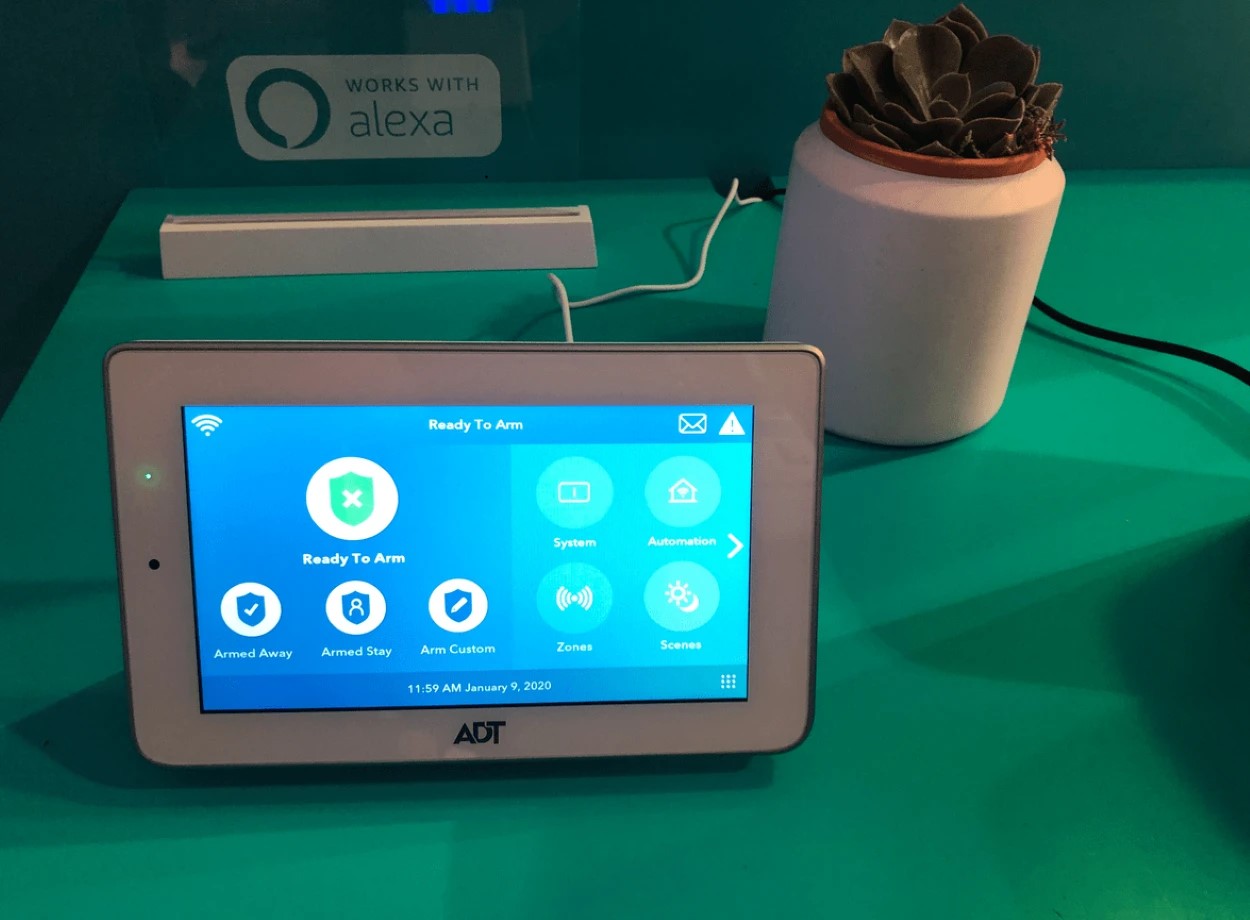
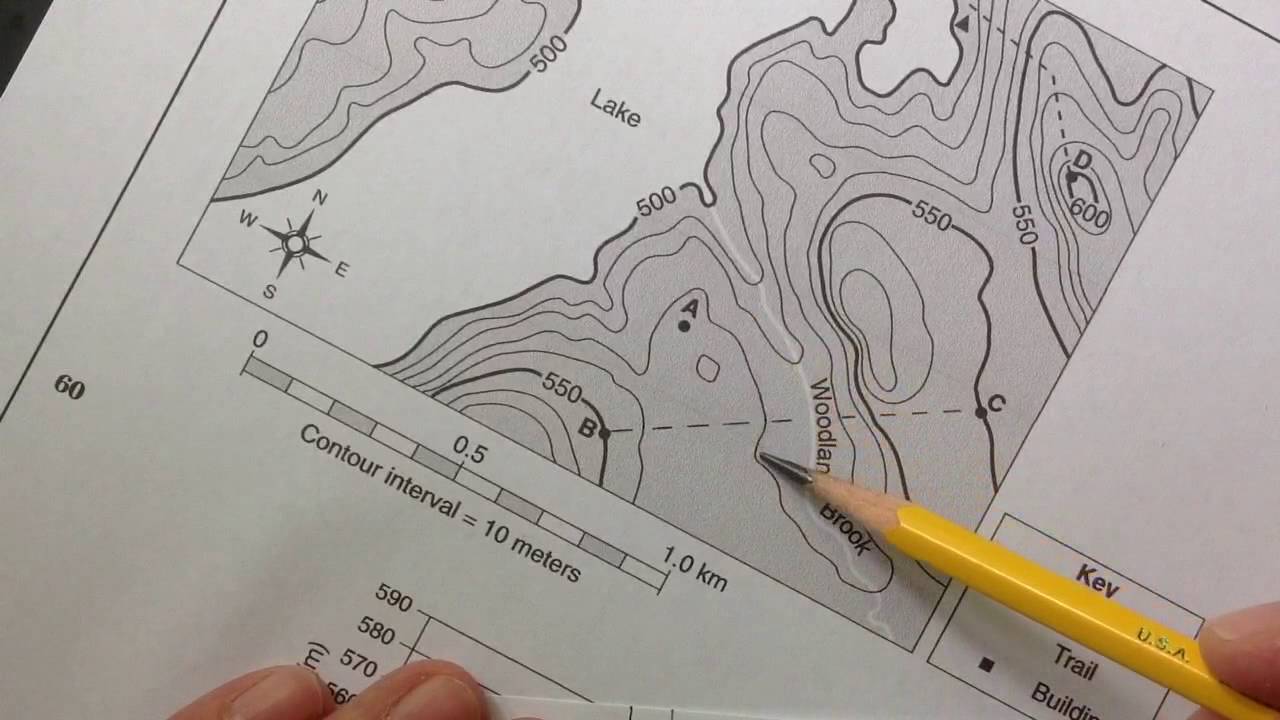




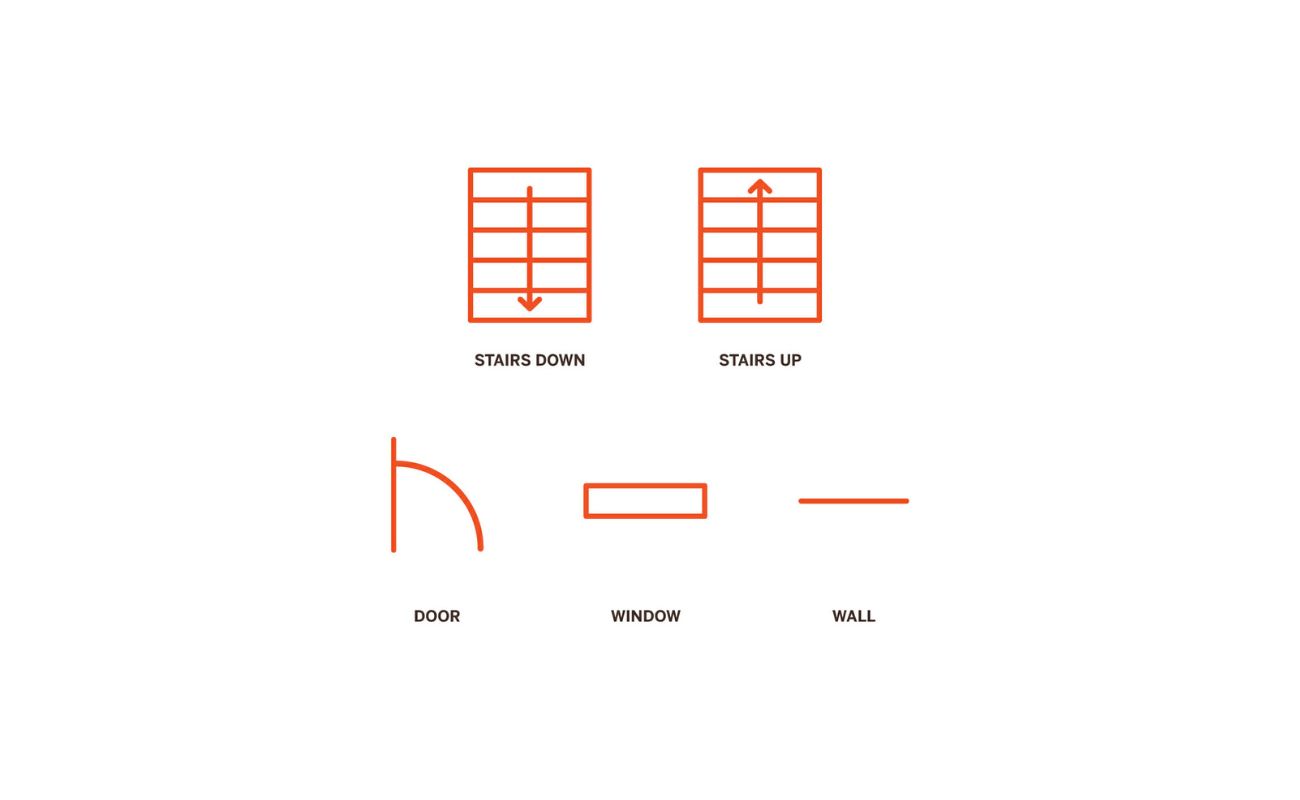
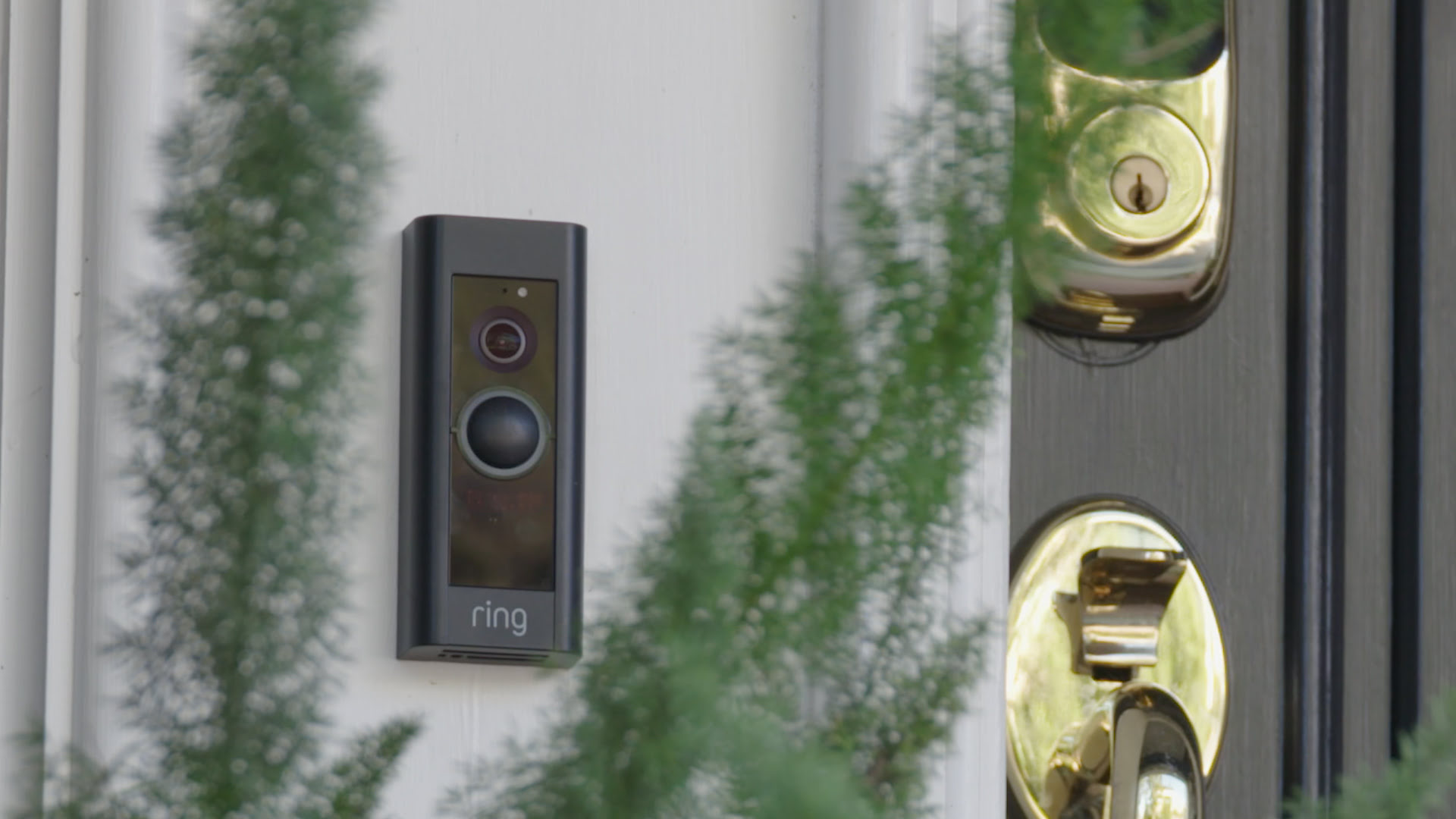
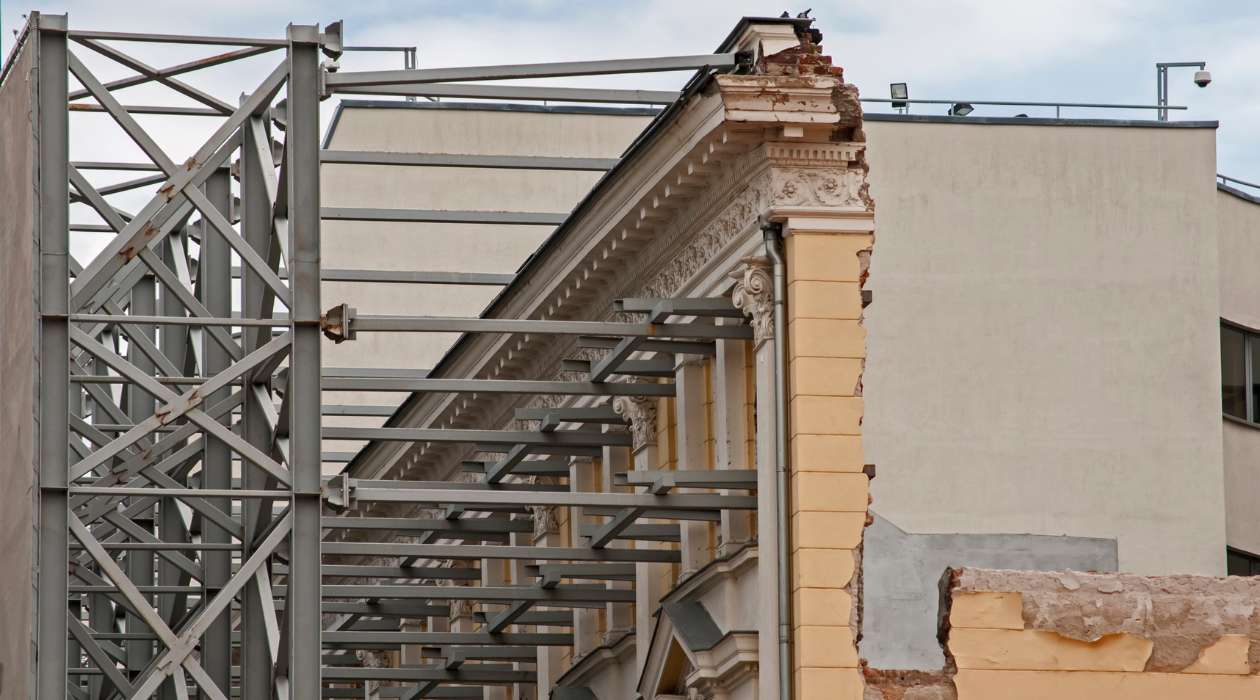
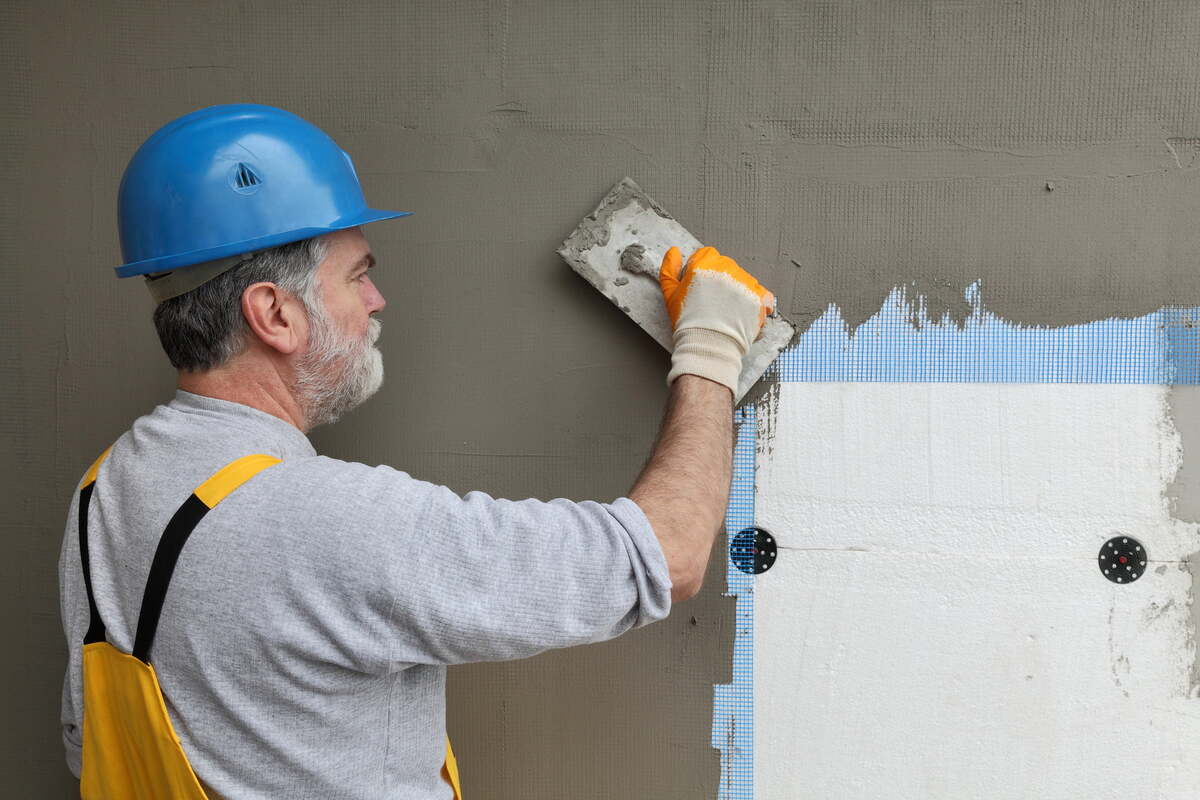

0 thoughts on “What Is An Owner’s Representative In Construction”